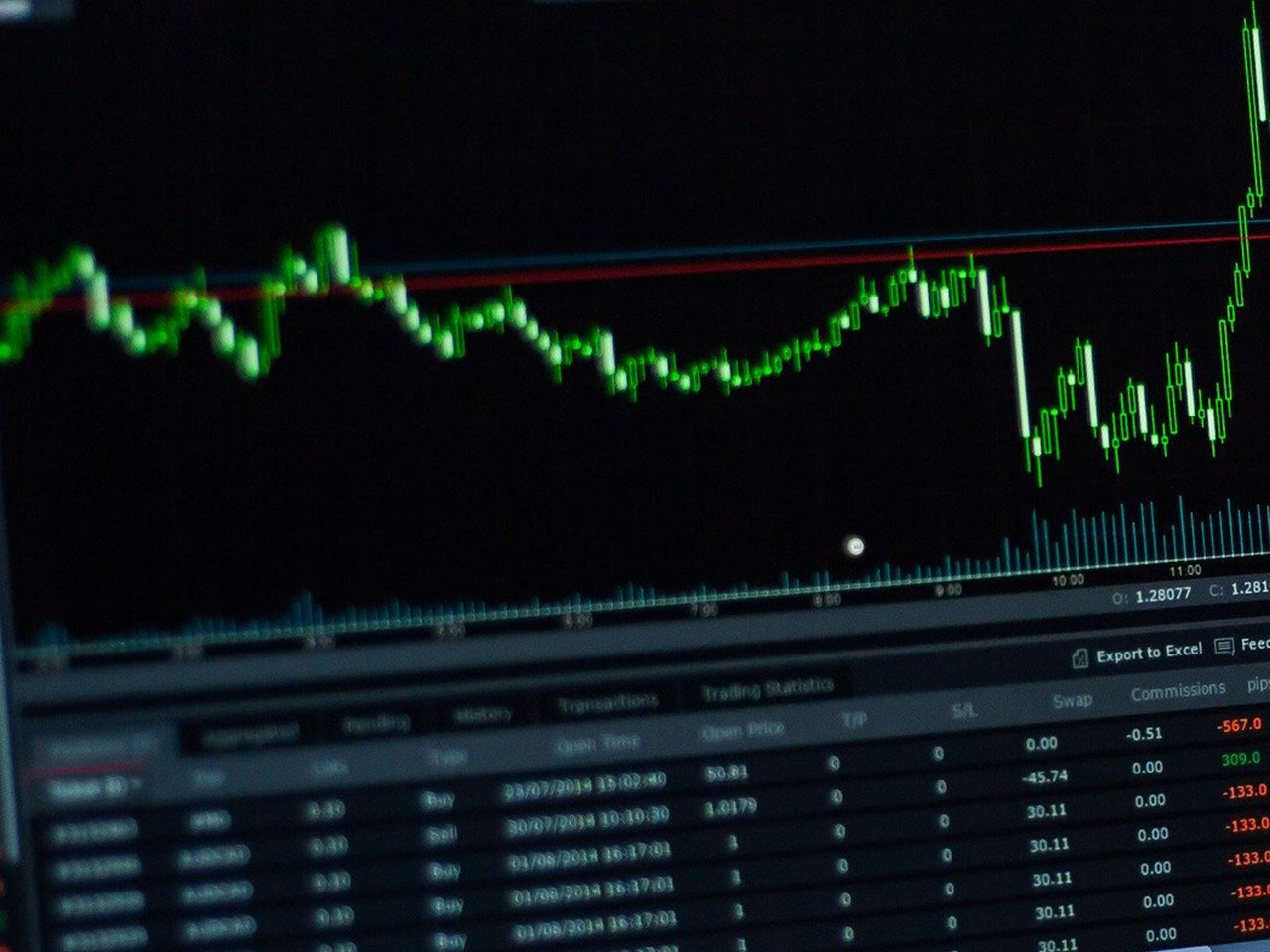Burberry Group PLC (BRBY.L) stands as a stalwart of British luxury, with a rich heritage dating back to 1856. As a leading player in the Consumer Cyclical sector, specifically within the Luxury Goods industry, Burberry is synonymous with timeless style and innovation. Headquartered in London, the company has carved a niche in the global market, operating across diverse regions from the Asia Pacific to the Americas. Investors keen on delving into the luxury segment would find Burberry’s current market dynamics both intriguing and complex.
With a market capitalisation of $4.46 billion, Burberry’s stock currently trades at 1234 GBp, experiencing a marginal decline of 0.02%. Despite this minor dip, the stock remains near its 52-week high of 1,263 GBp, a testament to its resilience and potential for recovery. However, the 52-week range of 571.00 to 1,263.00 indicates a significant volatility that investors should be mindful of, especially in a sector susceptible to economic fluctuations.
Valuation metrics paint a nuanced picture. The absence of a trailing P/E ratio and the staggering forward P/E of 3,280.52 may raise eyebrows among value investors, suggesting that the stock is priced with significant growth expectations. Yet, the absence of PEG, Price/Book, and Price/Sales ratios calls for a deeper analysis into the company’s current valuation strategy.
Burberry’s recent performance metrics reveal some hurdles. The company has witnessed a revenue contraction of -12.50%, and an EPS of -0.21, coupled with a negative Return on Equity of -7.23%. These figures signify challenges in profitability and shareholder returns. Nonetheless, the company boasts a healthy free cash flow of £328.5 million, indicating robust operational liquidity that could aid in navigating these financial headwinds.
In terms of dividends, the payout ratio stands at an unsustainable 559.63%, with the dividend yield currently not applicable. This suggests a potential reevaluation of dividend policies could be on the horizon to align with long-term financial health.
Analyst ratings provide a mixed outlook. With 7 Buy, 8 Hold, and 3 Sell ratings, the consensus leans towards caution. The average target price stands at 1,085.56 GBp, implying a potential downside of 12.03% from the current trading price. This disparity underscores the market’s divided sentiment on Burberry’s short to medium-term prospects.
Technically speaking, Burberry’s stock is trading above both its 50-day and 200-day moving averages, set at 1,006.94 and 919.20 respectively. This positioning generally signals an upward trend, although the Relative Strength Index (RSI) of 34.95 suggests the stock is approaching oversold territory, which could indicate a buying opportunity for contrarian investors.
For those eyeing entry into the luxury market or those already invested, Burberry represents a compelling case of a brand with undeniable heritage and international reach, yet facing contemporary challenges. The company’s strategic moves in digital commerce and licensing could provide avenues for growth, yet the financial metrics indicate a need for cautious optimism. Investors must weigh the allure of Burberry’s iconic brand against the backdrop of current financial performance and market sentiment.










































